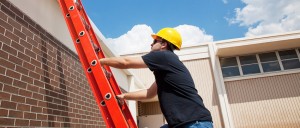Integration
With approvals to move forward we schedule your roofing and construction repairs around your schedules.
We are an emergency driven company, so taking care of your repairs fast is our primary goal. Our quick response team will offer you piece of mind that your building or home is safer than before. Prior to the harsh elements of a Colorado winter or the tropical elements of Hurricane Season in the southern gulf states we encourage all of our clients to invest in a solid roof maintenance program like our (PMP)
